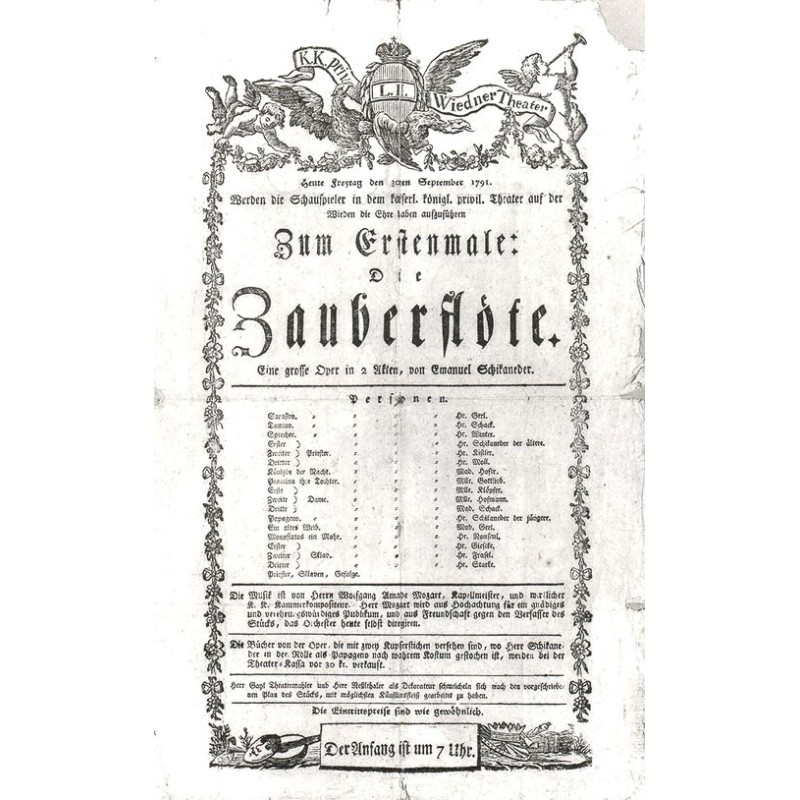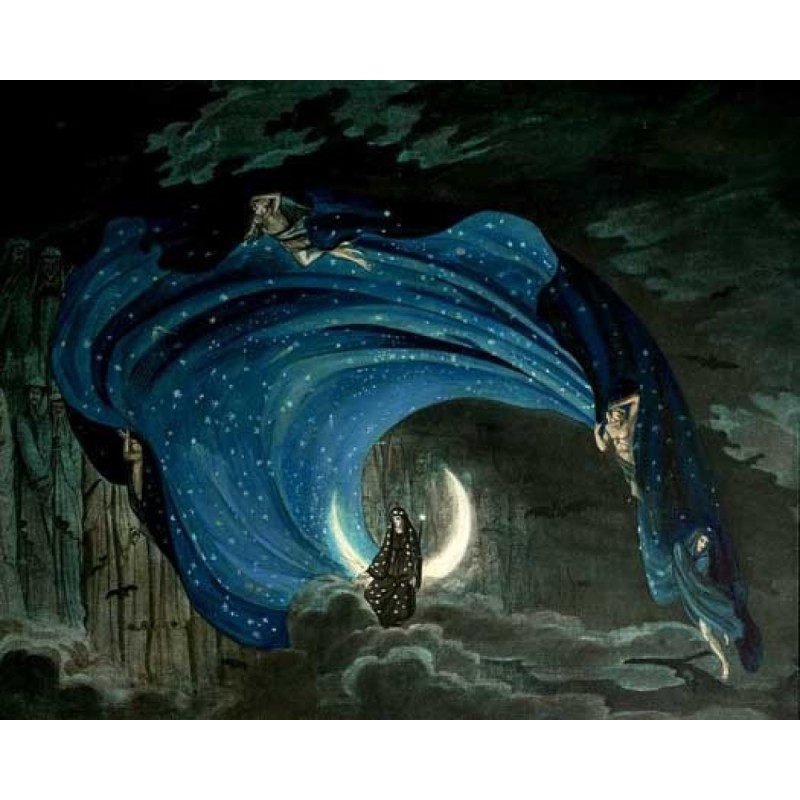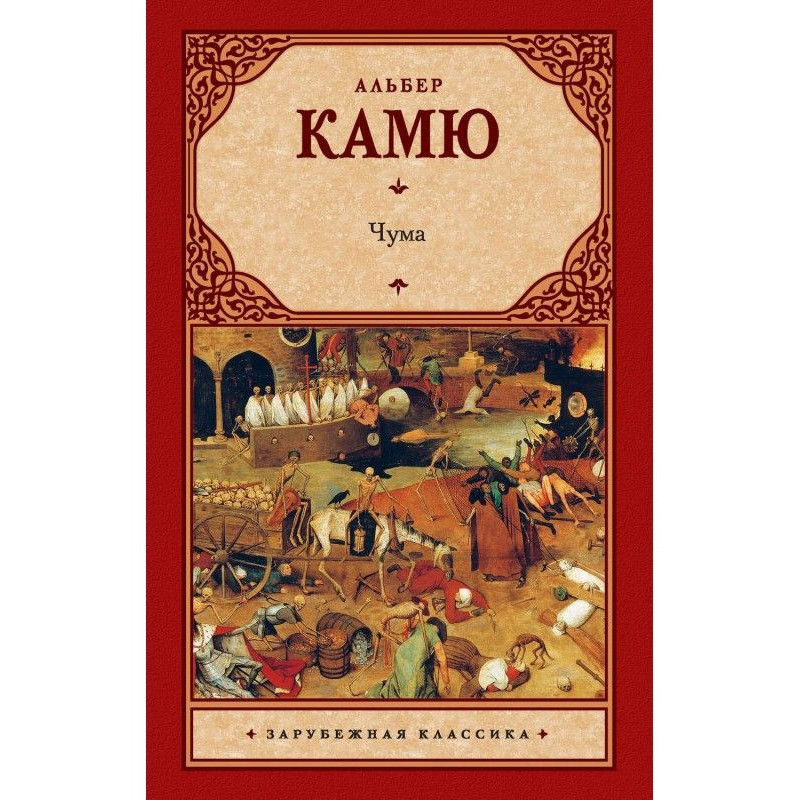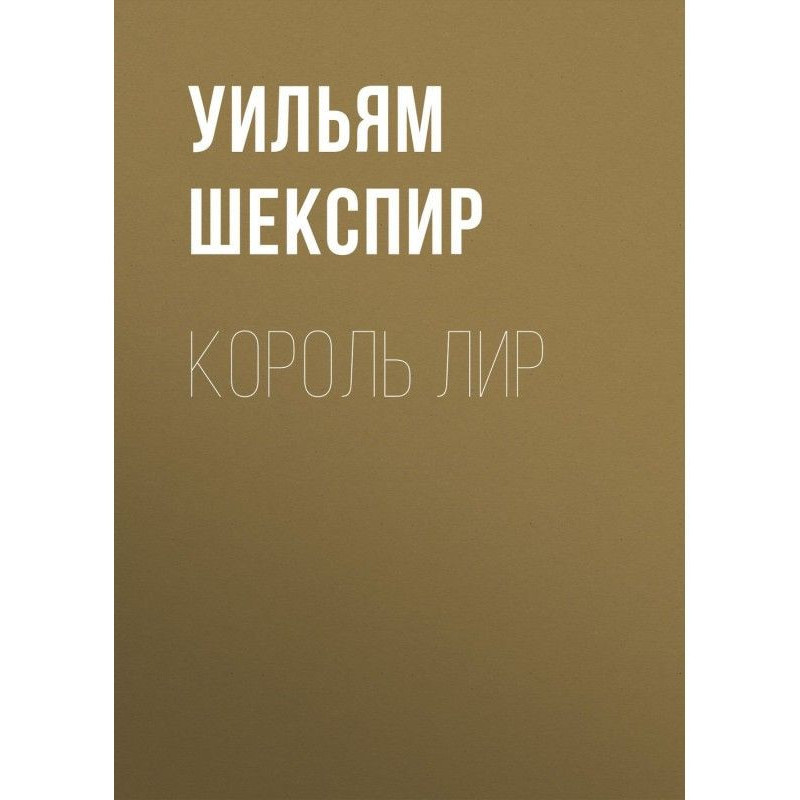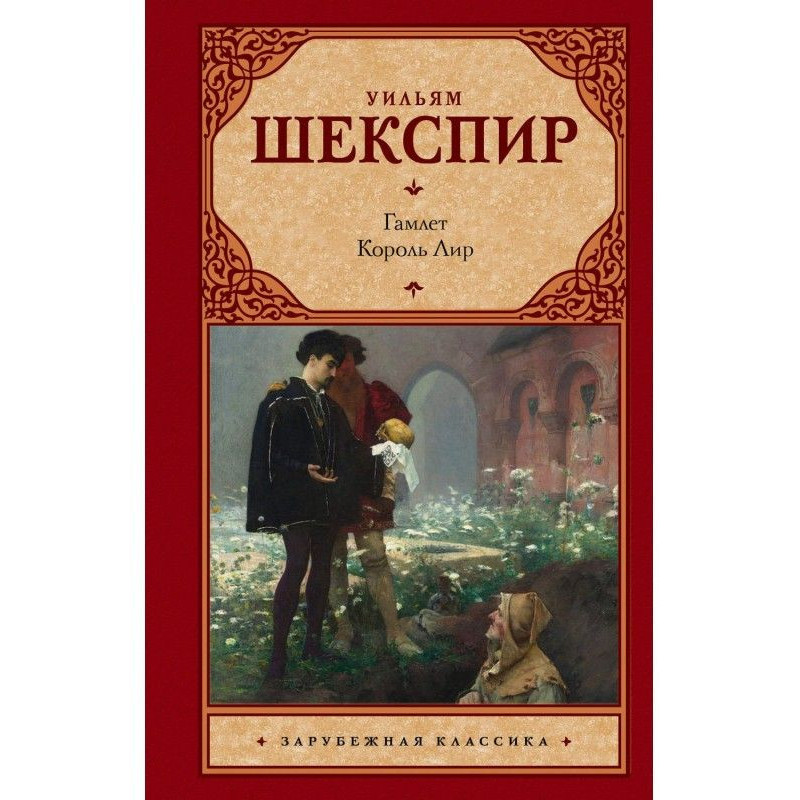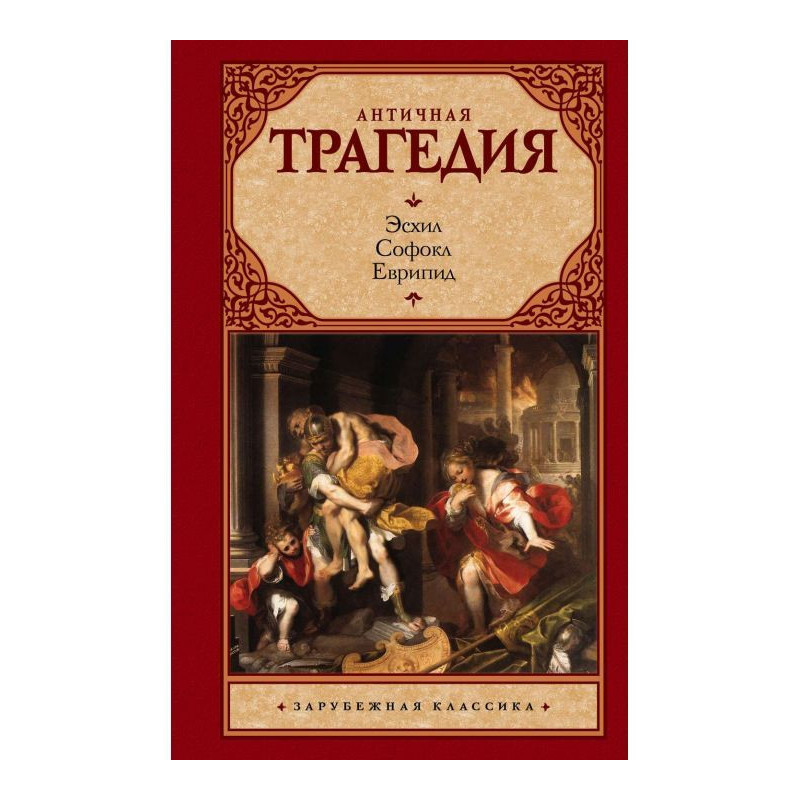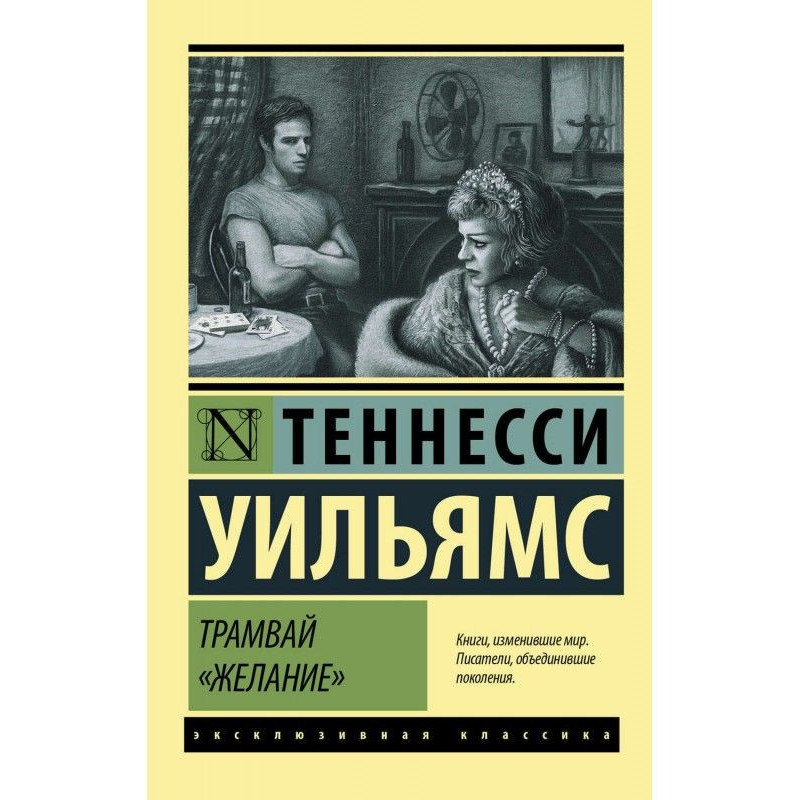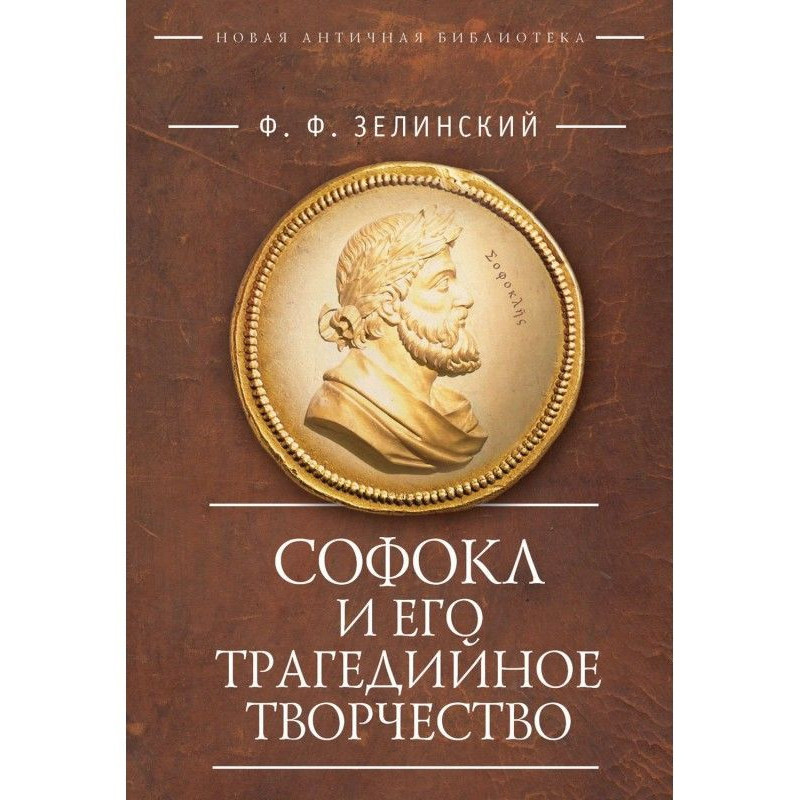The Magic Flute (libretto)
 Instant download
Instant download
after payment (24/7)
 Wide range of formats
Wide range of formats
(for all gadgets)
 Full book
Full book
(including for Apple and Android)
Wolfgang Amadeus Mozart (1756-1791) The opera “The Magic Flute” is the pinnacle of not only the greatest composer, but probably the entire opera house. Mozart began working on it in March 1791, and was first staged at the Vienna Theater "Auf der Wieden" on September 30, 1791.
The libretto for the opera was written by Mozar's close friend, Emanuel Schikaneder (1751-1812), who actually came up with the idea of using for the opera the plot of the mystical tale of Wieland (1733-1813) “Lulu” from the collection of fantastic poems “Dzhinnistan, or Selected Tales of Fairies and Spirits” (1786-1789). Schikaneder processed this plot in the spirit of popular that time of folk extravaganzas full of exotic wonders. His libretto features the sage Sarastro, appearing in a chariot drawn by lions, the vengeful Queen of the Night, fairies, magical boys and savages, Masonic trials in the Egyptian pyramid and mysterious transformations.
In this naive plot, Mozart invested, however, a serious moral and philosophical idea, your deepest, most cherished thoughts. Having absorbed a lot from the philosophy of the Enlightenment, he was inspired by the ideals of equality, brotherhood of people, faith in the primordial nature of good, the possibility of moral improvement of man, in the ultimate triumph of light and reason.
This translation was written by M. Ulitsky.
Data sheet
- Name of the Author
- Эмануэль Шиканедер
- Language
- Russian
- Translator
- Михаил Абрамович Улицкий


